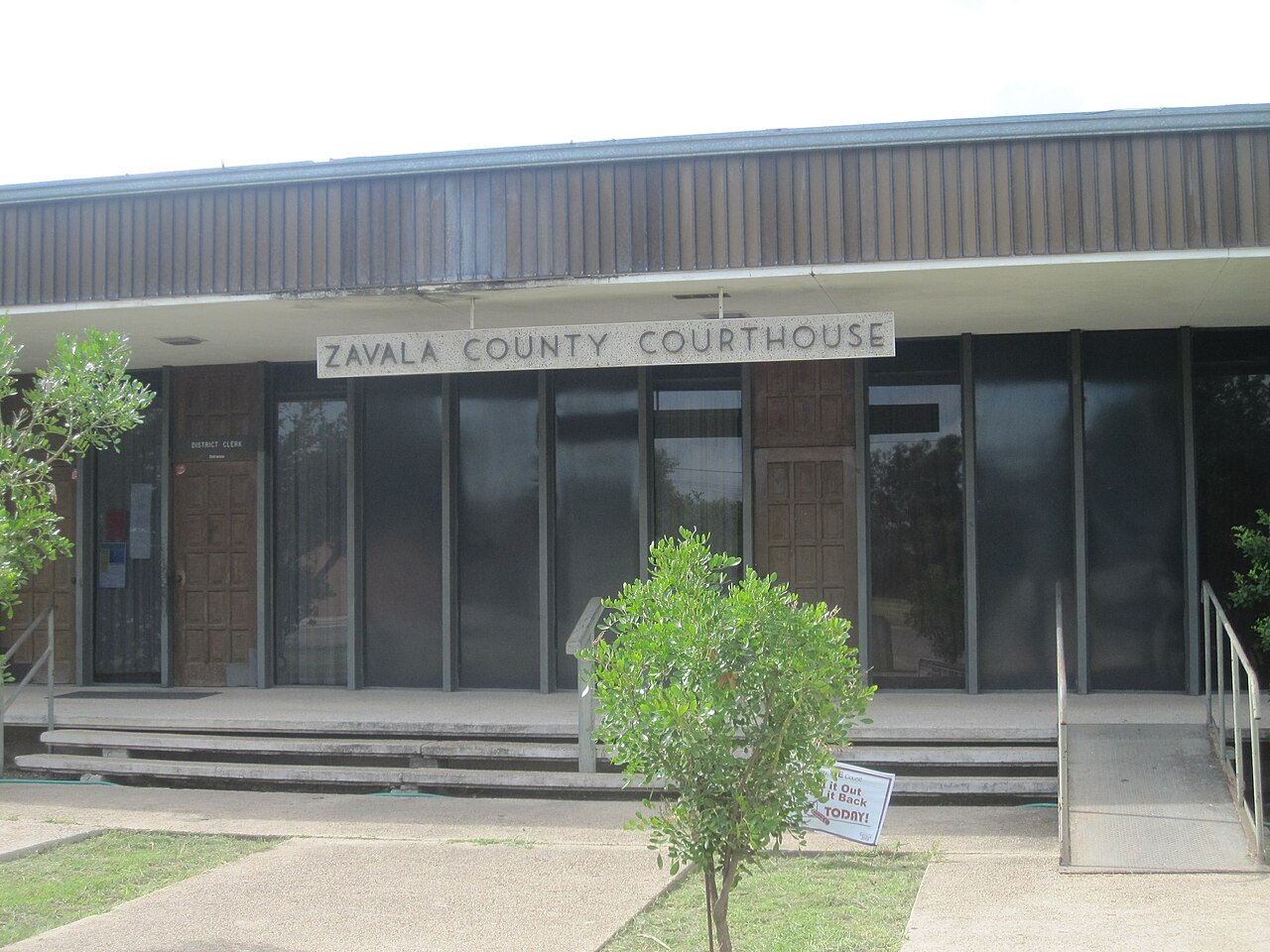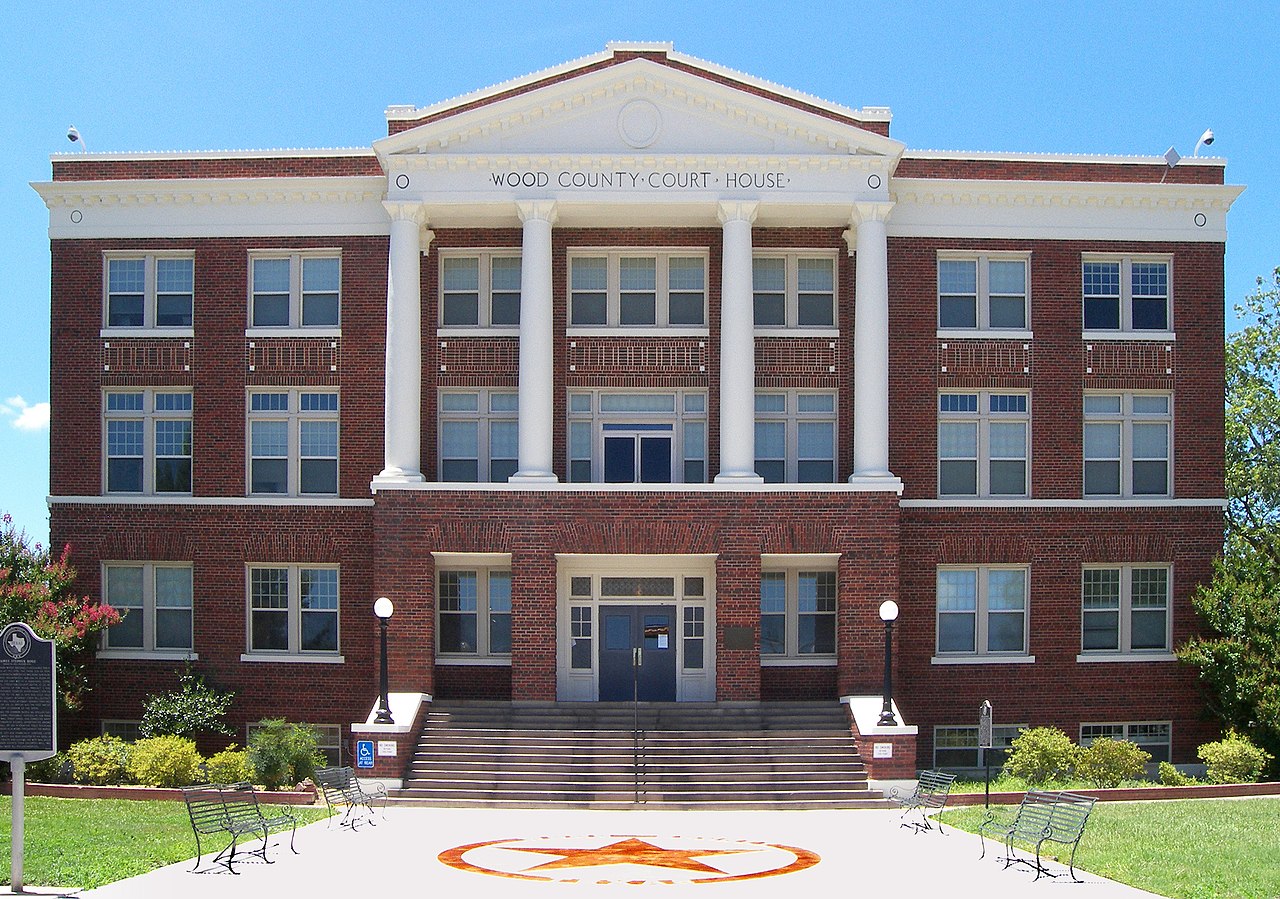Chapter 7 Discharge Houston Texas
Chapter 7 Discharge Houston Texas is written by Eric Southward, a bankruptcy attorney practicing in Houston, Texas. A bankruptcy filing under Chapter 7 of title 11 U.S.C. allows individuals, families, and business owners to eliminate most unsecured debts. The main reason for filing any bankruptcy case is to obtain a “discharge” or release of debts. This means that the legal obligation to repay under the contract is no longer enforceable in a court of law. In a Chapter 7 case, the debtor is not required to pay any of the debts owed to most unsecured creditors, but may elect to reaffirm (remain personally liable to pay) specific debts. If you have property that could be characterize as non-exempt, then your trustee would be able to take the property and sell it to pay your creditors.
90 percent of all consumer Chapter 7 cases, the debtor will keep all property, and eliminate most debts. The entire process is normally over, and the case is closed, within approximately 4 months after it is filed. Examples of property in Texas that you would have to turn over could be, causes of action, the right to collect on a obligation or debt owed to you, tax refunds, cash in the bank, stocks and bonds, personal jewelry valued over $15,000, and rental property.
After the bankruptcy is over, the debtor is legally discharged debt, and creditors are legally required to stop all collection efforts, including all collection calls, letters, lawsuits and garnishments.
Bankruptcy Estate
The filing of a bankruptcy under title 11 of the United States Code, case creates a “bankruptcy estate.” All assets owned by the debtor on the date the case is filed become part of the bankruptcy estate.” It includes all land, vehicles, and other personal property. It also includes all intangible property, such as damage claims the debtor may have against others (e.g., the debtor’s right to sue people – even if the debtor has not already filed the lawsuit), accounts receivable (debts owed to the debtor by others) or the debtor’s right to receive commissions.
Texas Community Property Rules. In Texas , state law classifies property owned by married persons as either “separate” (belonging to only one spouse) or “community” (jointly owned by both spouses).
Separate Property Defined. A spouse’s separate property is defined by Texas state law as:
(a) property owned or claimed by the spouse before marriage;
(b) property acquired by the spouse during marriage by gift or inheritance; and
(c) damage recoveries for personal injuries sustained during marriage, except any recovery for loss of earning capacity during marriage.
Community Property Defined. Community property is defined by Texas state law as all property, other than separate property, acquired by either spouse during marriage. Rental income from separate property is community property in Texas.
Bankruptcy Estate Includes All Community Property. The bankruptcy estate includes all community property, even if only one spouse files for bankruptcy. If only one spouse files for bankruptcy, the bankruptcy estate includes all community property, plus all of the filing spouse’s separate property. The filing spouse must disclose all community property, and it may be subject to seizure and sale by the bankruptcy trustee unless it is exempt under applicable law. State Law define the ability of the creditor to collect from separately managed community property.
Under federal law, each spouse is considered to own a 50-percent interest in community property. Income earned by either spouse is considered community income for tax purposes. That is, if spouses file separately, each is to report one-half of each spouse’s income on their respective tax returns unless an agreement exists to the contrary.
(Note: A 50-percent presumption does not necessarily obtain on divorce. The presiding judge in a divorce case may make a disproportionate division if the judge deems that division to be “just and right.”)
Texas law defines separate property as property owned by a spouse before marriage, property acquired by a spouse during marriage by gift, devise or descent, and any damages recovered by a spouse for personal injuries that do not represent loss of earning capacity during marriage.
Joint and Sole Management
Texas law distinguishes between community property subject to the joint management, control and disposition of both spouses, and community property subject to one spouse’s sole management, control and disposition.
The distinction between joint and sole management community property is critical to determine how far the IRS and other creditors may reach to collect against a nonliable spouse.
A spouse is considered to have sole management, control and disposition over community property that that spouse would have owned if that spouse were single. This sole management community property includes personal earnings, revenue from separate property, damages recovered for personal injury attributable to loss of earning capacity, and the increase in value, mutations and revenue of all property subject to a spouse’s sole management, control and disposition.
Texas law defines community property subject to joint management, control and disposition as all community property that is not subject to a spouse’s sole management, control and disposition.
General Creditor’s Reach
Although each spouse has a 50-percent interest in the community property, Texas law limits the types of community property that a creditor may reach to satisfy a spouse’s separate liability.
To satisfy that liability, Texas law allows a creditor to reach all of a liable spouse’s community property subject to that spouse’s sole management, control and disposition. A creditor may also reach all community property subject to the spouses’ joint management, control and disposition, and all of the liable spouse’s separate property. Whether the debt was incurred before or during marriage does not matter.
A creditor may not reach any portion of the community property subject to the nonliable spouse’s sole management, control and disposition, or the nonliable spouse’s separate property. A spouse that incurs contractual liability will bind the share of the noncontracting spouse’s community property subject to the sole or joint control of the contracting spouse, but the noncontracting spouse is not “personally liable” for the obligation. The creditor, however, cannot reach the noncontracting spouse’s sole management community property. That is, the creditor can only reach the contracting spouse’s separate property, sole management community property, and any joint management community property.
IRS Reach
Under federal law the IRS has a further reach than a general creditor. It may also reach the liable spouse’s 50-percent interest in the non-liable spouse’s sole management community property to satisfy a separate federal tax liability. For example, whereas a general creditor cannot reach the liable spouse’s interest in an account held in a nonliable spouse’s sole name, the IRS can reach 50 percent of that account.
Property Excluded from Bankruptcy Estate. The following types of property are excluded from the bankruptcy estate in any bankruptcy case. These type of property are not subject to seizure, and can not be administered in a bankruptcy case.
Trusts and Pension, Retirement and Profit Sharing Plans. The assets contained in, and ongoing contributions made to most trusts, and most pension, retirement and profit sharing plans, are not property of the bankruptcy estate and can not be seized by the bankruptcy trustee. If the trust or retirement plan has a provision preventing the proceeds from being transferred or assigned, and the provision is enforceable under federal or state law, the assets are excluded from the bankruptcy estate. Almost all retirement plans and trusts have such a provision. I
Education IRAs and State Tuition Programs. Special rules apply to contributions made to Education IRAs and State Tuition Programs Funds placed in Education IRAs and State Tuition Programs are excluded from the bankruptcy estate (and can not be reached by creditors or a trustee) if:
(a) Deposits with 1 Year of Filing. The deposit is made within 1 year before the bankruptcy petition is filed and is not in excess of the IRS deduction limits for that year.
(b) Deposits between 1 Year & 720 Days of Filing. The deposit is made between 1 and 720 days before the bankruptcy petition is filed and are not in excess of the IRS deduction limits for that year.
All deposits that do not meet these requirements are property of the bankruptcy estate and are potentially seizable by the trustee or creditors.
Possession of Property in Bankruptcy Estate. As a technical legal matter, the bankruptcy trustee assumes legal control over all property of the bankruptcy estate immediately upon the filing of the case. The debtor can not lawfully sell or transfer any property unless:
(a) the court signs an order permitting the sale; or
(b) the trustee abandons the assets back to the debtor, which normally occurs at or shortly after the creditor’s meeting.
However, as a practical matter, in virtually all consumer cases, the trustee never takes actual physical possession of any property. The trustee will normally only take physical possession of property if it becomes clear that the property is not exempt and the debtor is not legally entitled to keep it.
Filing Date Rule.
General Rule. In a Chapter 7 case, the bankruptcy estate is limited to property owned by the debtor on the date the case was filed. Any property that the debtor obtains after the case is filed does not become part of the bankruptcy estate, and the trustee is not entitled to take it.
Exceptions to Filing Date Rule. There are only three exceptions to the filing date rule. If within 180 days (6 months) after the date the case is filed, the debtor becomes entitled to receive any property:
(a) from an inheritance;
(b) from a property settlement agreement reached with a former spouse or contained in a divorce decree; or
(c) as a beneficiary of a life insurance policy or death benefit plan;
the property becomes part of the bankruptcy estate and can be taken and sold to satisfy the claims of creditors, unless it is exempt.
Trustee’s Right to Inventory Assets. In every bankruptcy case, the debtor is required to file a list of all property owned on the date the case was filed. The trustee also has a legal right to visit the debtor and personally count her assets. However, in consumer cases, the trustee will almost never physically make an inventory of assets to determine if the debtor accurately disclosed all of her property. There are several reasons why a trustee will not be inclined to verify the accuracy of a debtor’s property list:
Secured Debts. Secured debts are debts on which the creditor holds a “security interest” or “lien” on specific property to secure payment of the debt. If the debt is not paid, the creditor can seize and sell the property to satisfy the debt. Most home loans, vehicle loans and department store purchases are secured debts because the contract documents will generally allow the creditor to repossess the property if the loan is not repaid. In business cases, the repayment of most bank loans are secured by a lien on the business assets, including the business equipment, inventory, furniture, vehicles and accounts receivable.
Liens Survive Bankruptcy. In a Chapter 7 case, a “lien” against property will survive the bankruptcy, but the debt will be discharged. This means that the creditor can never attempt to recover the debt as a personal liability of the debtor. However, after bankruptcy, if the debt is not paid, the creditor can enforce the lien by repossessing the property, selling it, and applying the proceeds to satisfy the debt.
Options for Dealing with Secured Debt. A debtor in a Chapter 7 case filed in Texas, the debtor will have four options for dealing with secured debt:
(a)) give the property back and owe nothing;
(b) keep the property and reaffirm the debt;
(c) redeem the property by paying the creditor, in cash, the full market value of the property; or
(d)) renegotiate the contract in an attempt to lower the payments or interest rate.
Reaffirmation Agreements.
Generally. For home and vehicle loans, a debtor that wants to keep the property may be required to sign a “reaffirmation agreement.” A “reaffirmation agreement” is a contract which waives the bankruptcy discharge with respect to a particular debt. A debtor that signs a reaffirmation agreement must continue making the contract payments and will remain personally liable on the reaffirmed debt if he fails to pay. The reaffirmed debt will be completely unaffected by the bankruptcy filing, and will survive the bankruptcy discharge, as if the bankruptcy had never been filed.
Unsecured creditors will often solicit a debtor to reaffirm all or a portion of an unsecured debt by offering to extend additional post bankruptcy credit. The unsecured creditor will usually try to sell the reaffirmation agreement by arguing that the additional credit will help the debtor to reestablish a positive post bankruptcy credit history and minimize the adverse impact of the bankruptcy on the debtor’s credit report. It is almost never a good idea for a debtor to reaffirm a completely unsecured debt. Almost all debtors will have numerous sources for obtaining post petition credit, and can reestablish a positive post bankruptcy credit history, without agreeing to pay any portion of the prior debt.
Rescission of Reaffirmation Agreements. The Bankruptcy Code permits a debtor to rescind a reaffirmation agreement at any time prior to the date the Bankruptcy Court issues a discharge order, or within 60 days after the reaffirmation agreement is filed with the court, whichever event occurs later. In other words, a debtor that signs a reaffirmation agreement can change her mind until the later of:
(a) the date the court issues a discharge order, or
(b) 60 days after the reaffirmation agreement is filed with the court.
The Bankruptcy Code states that a reaffirmation agreement can be rescinded merely by “giving notice of rescission” to the creditor. Written notice is not legally required; oral notice is sufficient. However, a debtor will find it virtually impossible to prove that she verbally gave notice of rescission. Therefore, as a practical matter, to properly rescind a reaffirmation agreement, the debtor (or her attorney) should always prepare and send a written notice to the creditor expressing her intent to rescind the agreement.
Redemption of Property. Redemption permits a debtor to obtain possession of (and title to) collateral for a loan by paying its market value instead of the contract price. The redemption procedure permits a debtor to avoid paying the full contract amount for property that has depreciated in value.
Priority Debts. The Bankruptcy Code contains a list of 9 different types of unsecured debts which have “priority” status over other unsecured debts. If money is available for distribution to creditors (a rare occurrence in a consumer Chapter 7 case), creditors holding priority claims will receive payment before any other unsecured creditors. All priority debts are “unsecured” because no specific property secures repayment of the debt. Priority claims receive payment in accordance with their rank in the priority scheme. Priority claims with a higher rank must be paid in full before priority claims of a lesser rank will receive any payment.
Most priority classifications are not relevant in consumer Chapter 7 cases. The most important types of priority debts, and their rank, are as follows:
Domestic Support Obligations. First priority: debts for child support, spousal support or alimony. The definition of a “domestic support obligation” is very broad, and includes debts:
(a) owed to a spouse, former spouse, child of the debtor, such child’s parent, legal guardian, or responsible relative, or a governmental unit;
(b) for alimony, maintenance, or support (including assistance provided by a governmental unit) of such spouse, former spouse, or child of the debtor or such child’s parent,
(c) assessed either before or after the case is filed;
(d) not assigned to a nongovernmental entity, unless voluntarily assigned by the beneficiary of the support for the purpose of collecting the debt.
Administrative Expenses. Claims for expenses incurred by the trustee or debtor in preserving estate property, including wages, salaries or commissions for services rendered after the case has been filed. This category includes attorney’s fees incurred by the trustee or debtor in preserving estate property, or bringing property into the estate.
Tax Claims. Debts owed to governmental units for certain unpaid taxes. The following tax claims are considered priority debts:
Income Taxes. Any income tax if:
(a) less than 3 years elapse between the date the bankruptcy is filed and the date the tax return was last due, including all extensions;
(b) the tax is assessed within 240 days of the date the bankruptcy is filed; or
(c) the tax has not been assessed, but is legally assessable after the bankruptcy is filed (e.g. additional taxes assessed as a result of an audit).
Employment Taxes. Most employment taxes owed by employers.
Sales Taxes. A sales tax owed to a governmental entity.
Property Taxes. A property tax more than one year in default before the bankruptcy petition is filed.
Objections to Discharge An objection to the discharge is a lawsuit filed by the U.S. Trustee, panel trustee, or a creditor seeking to prevent the debtor from receiving a discharge of one or more debts. A discharge contest must be filed within 60 days after the creditor’s meeting is first scheduled to start. A discharge contest may not be filed after the 60 day time period, unless an extension of the deadline is requested before the deadline expires.
An objection to discharge must allege specific misconduct on the part of the debtor justifying the denial of a discharge. If a timely objection is filed, the bankruptcy case will be kept open until the discharge contest has been decided.
Discharge Order. After the creditor’s meeting is adjourned, the debtor must wait for 60 days the court enters a discharge order. If neither a dismissal motion nor discharge contest are filed, the court will enter a discharge order declaring that all of the debts have been discharged. At the same time the court issues the discharge order, it will also normally issue and order closing the case. The order closing the case is the last event that will occur in the case. At this time you would need to pull a copy of the creditors scheduled in your case and send to all the credit reporting services. They will update your report and show that the debts discharged would all have zero balances. This is your fresh start.
Please visit our website for more information about us and bankruptcy. You may also view our video with Bankruptcy Information.
Call us today at (713) 974-1151 to schedule a no-obligation consultation or feel free to email us at [email protected].
We provide bankruptcy services in the greater Houston metro area including the cities of Katy, Sugarland, Pearland, Friendswood, Clear Lake and Galveston. We also handle cases from The Woodlands, Spring and Tomball and cases in Baytown and Channelview.
We handle bankruptcy cases in all of these counties: Brazoria, Chambers, Galveston, Matagorda, Austin, Brazos, Colorado, Fayette, Fort Bend, Grimes, Harris, Madison, Montgomery, San Jacinto, Walker, Waller, Wharton
[paypal-donation]













